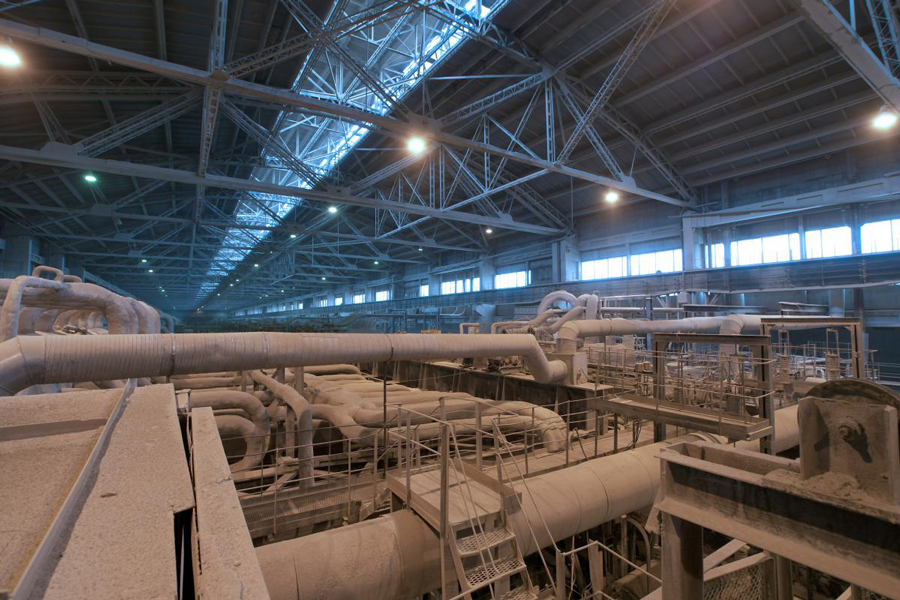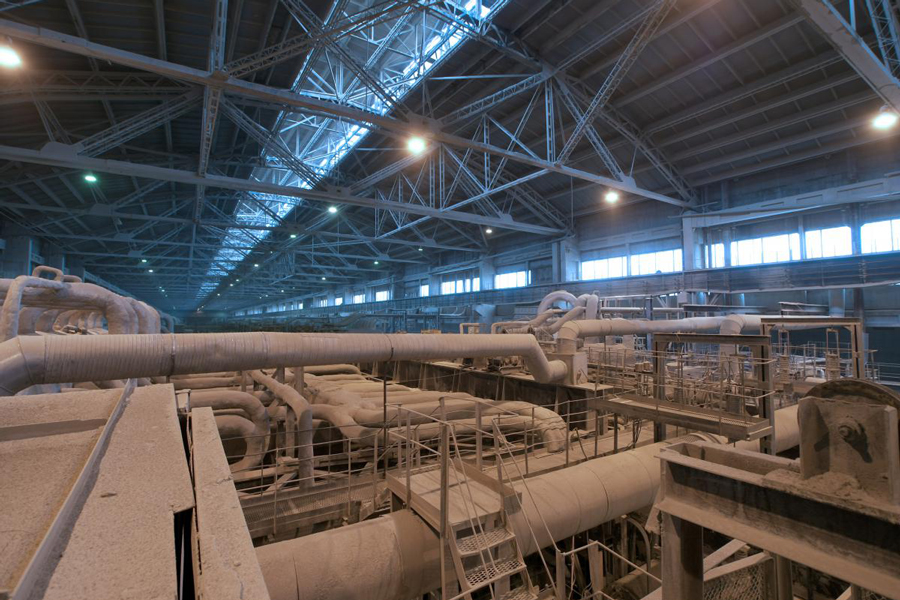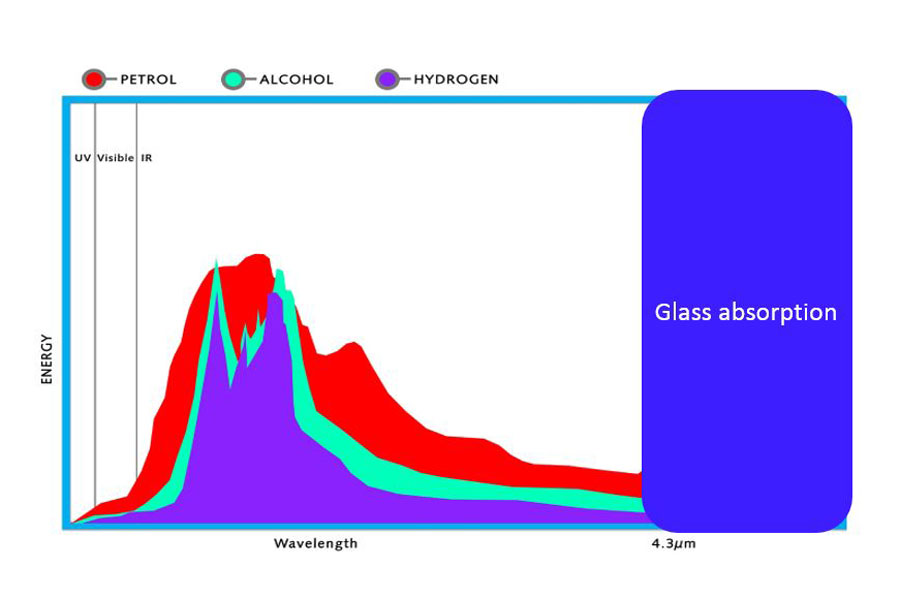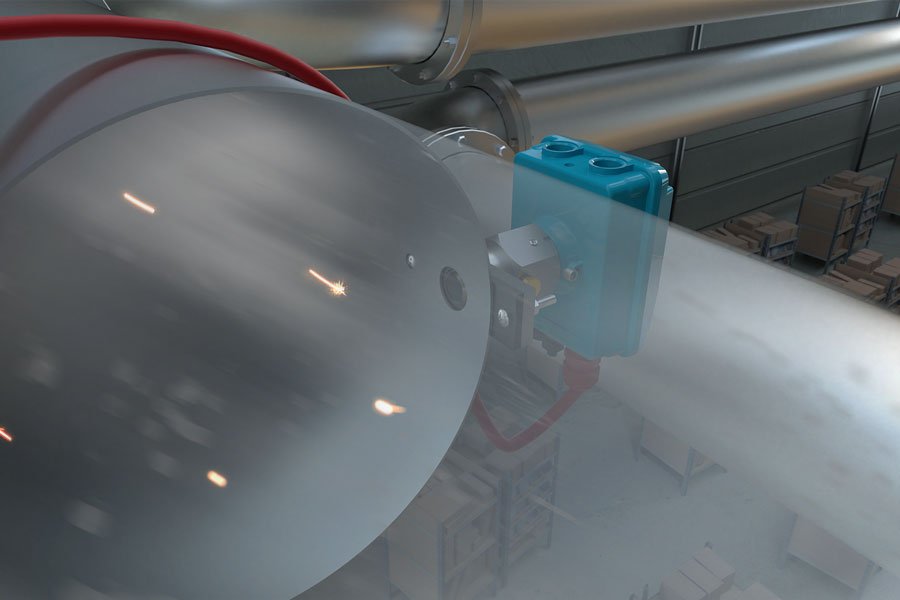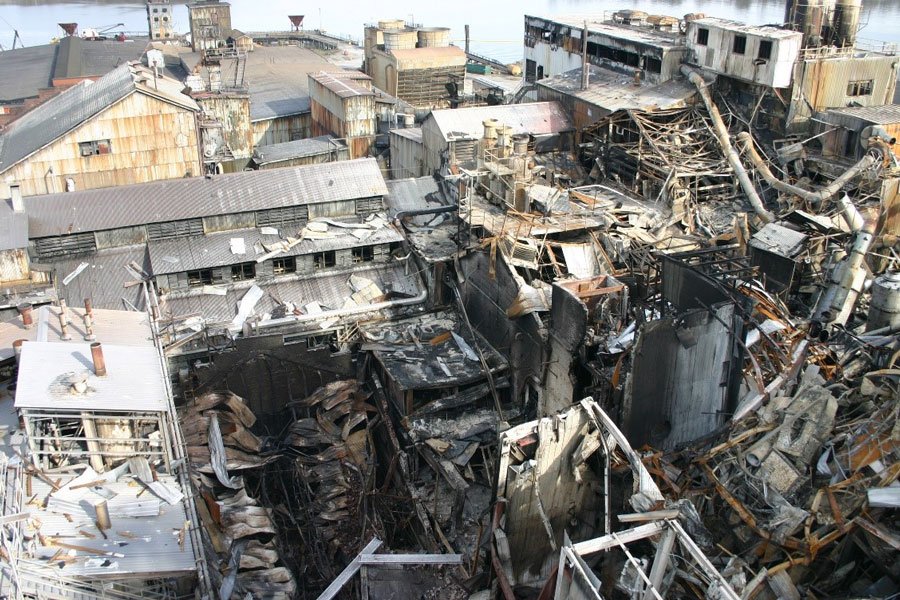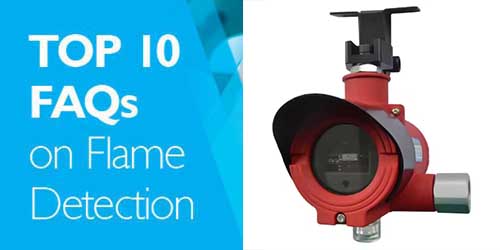Meet the MD. Karl Westhead
Having been with Halma for 15 years, six years as a customer of FFE, new Managing Director Karl Westhead arrives with a good knowledge of our team and products – but that doesn’t mean he wants his tenure as MD to be a simple continuation...



